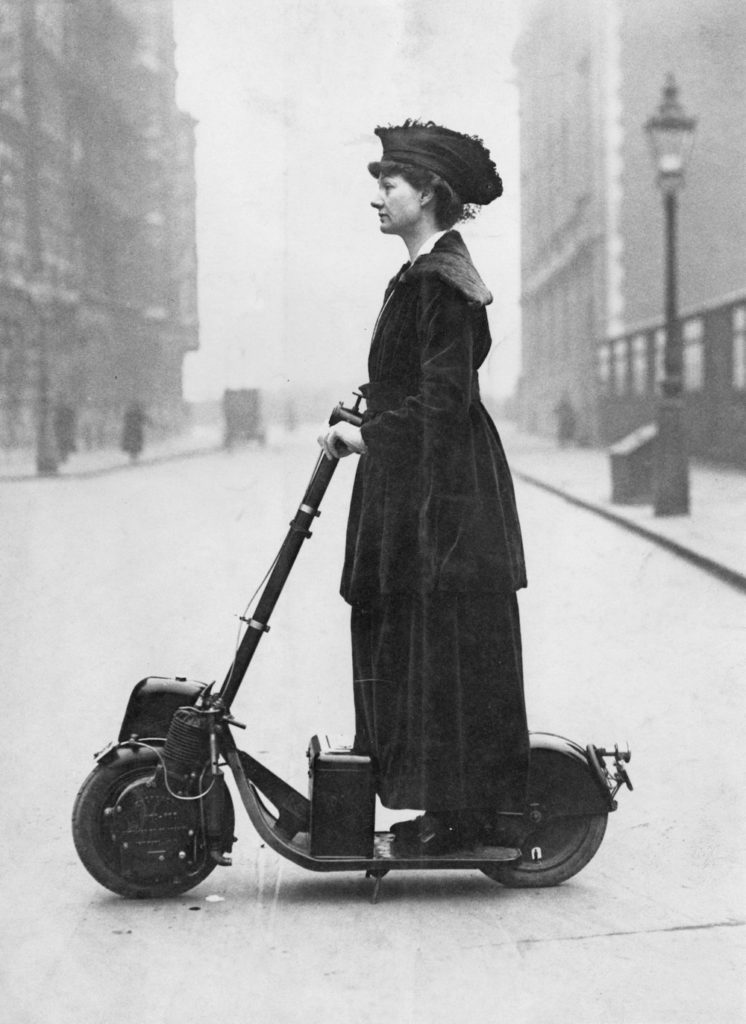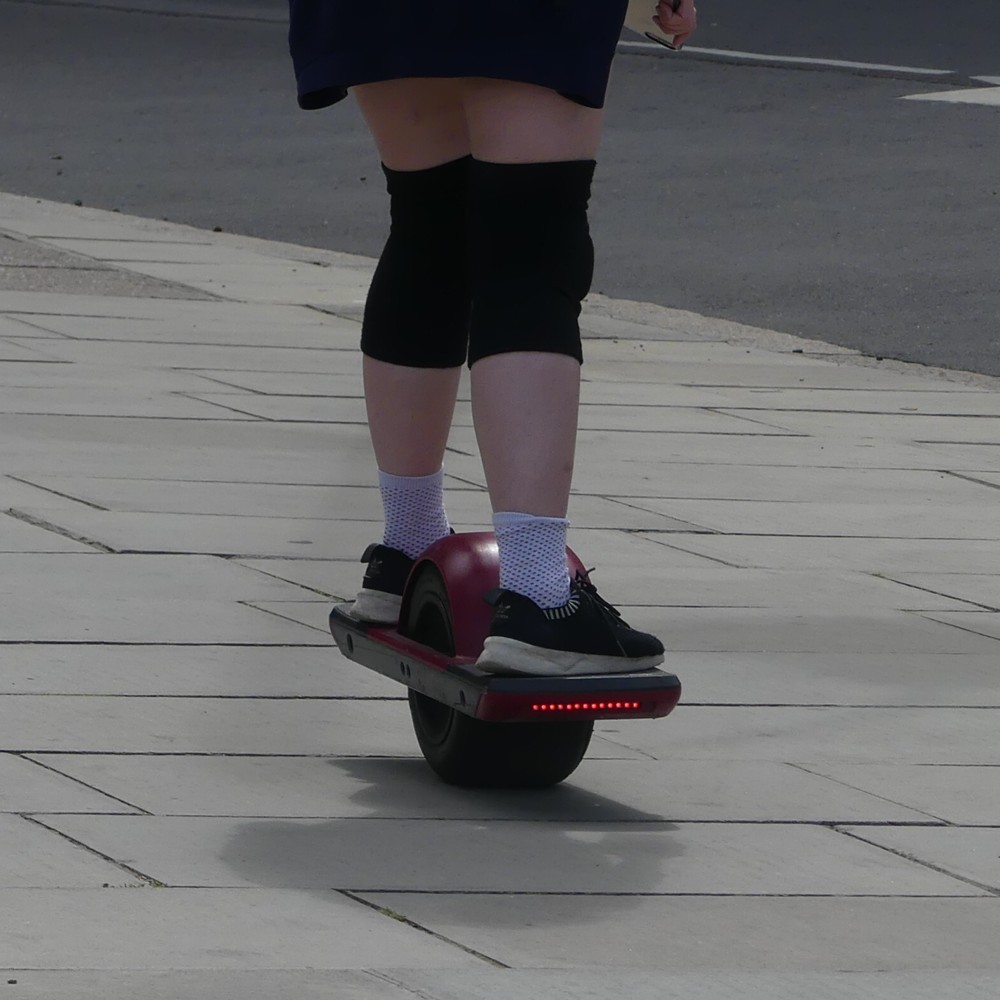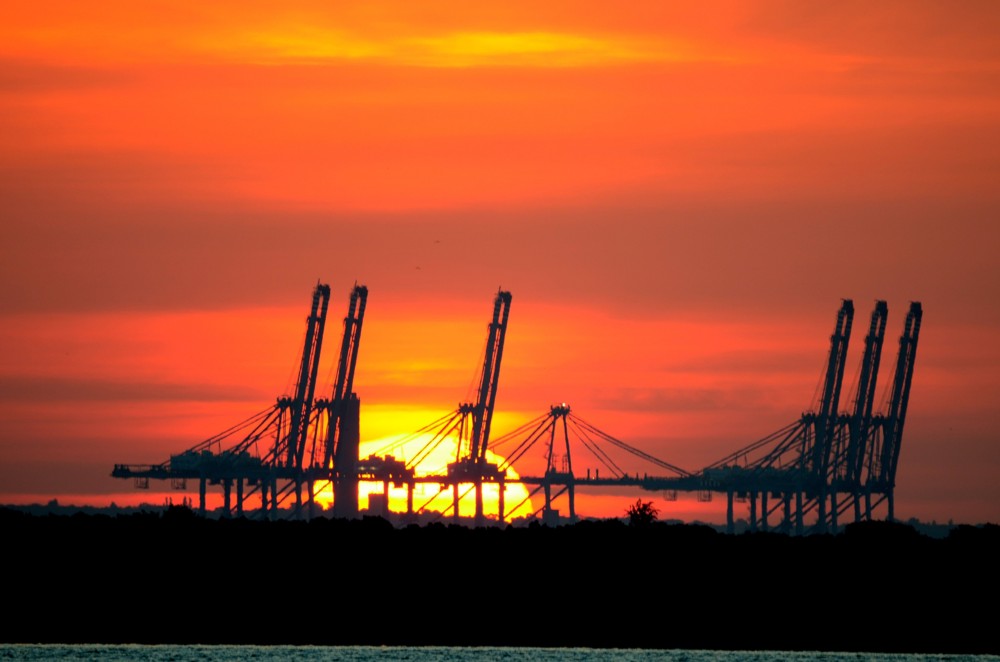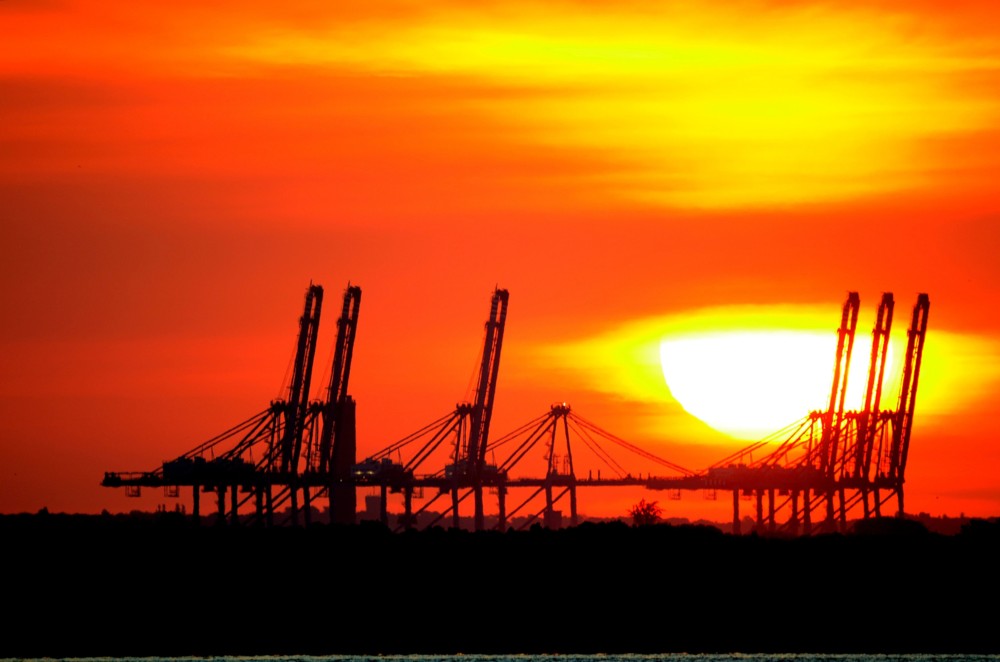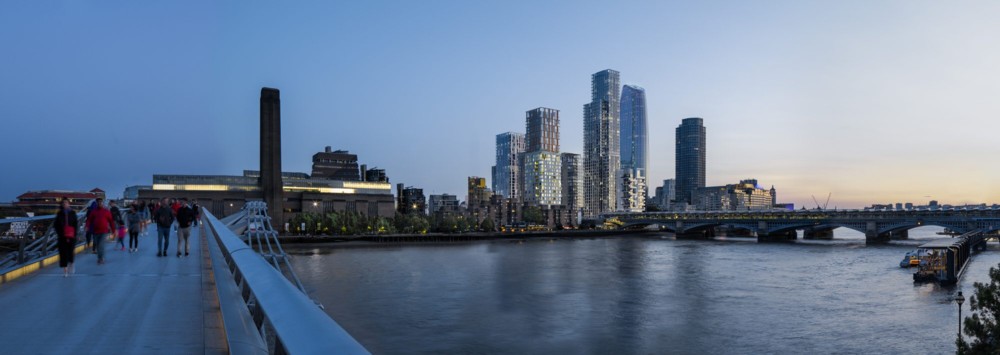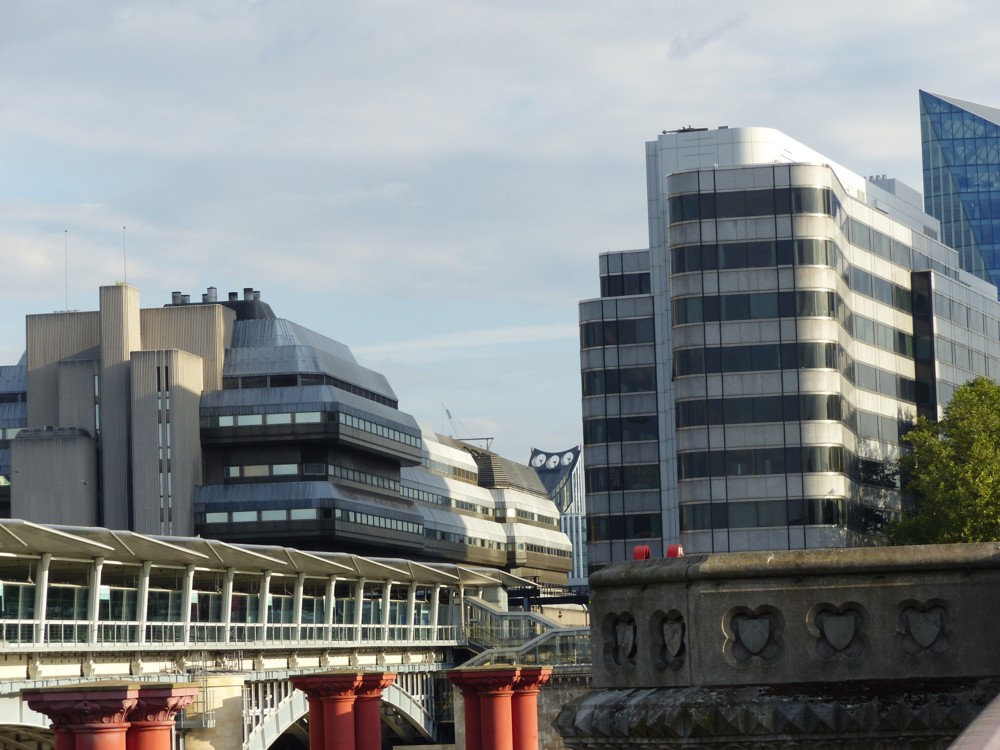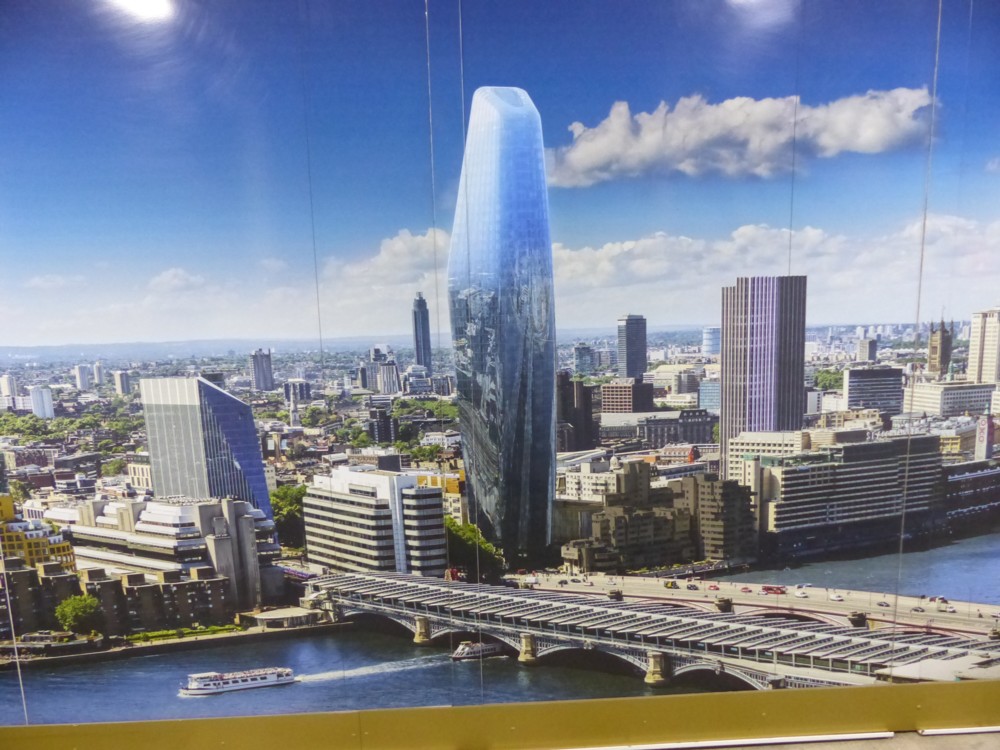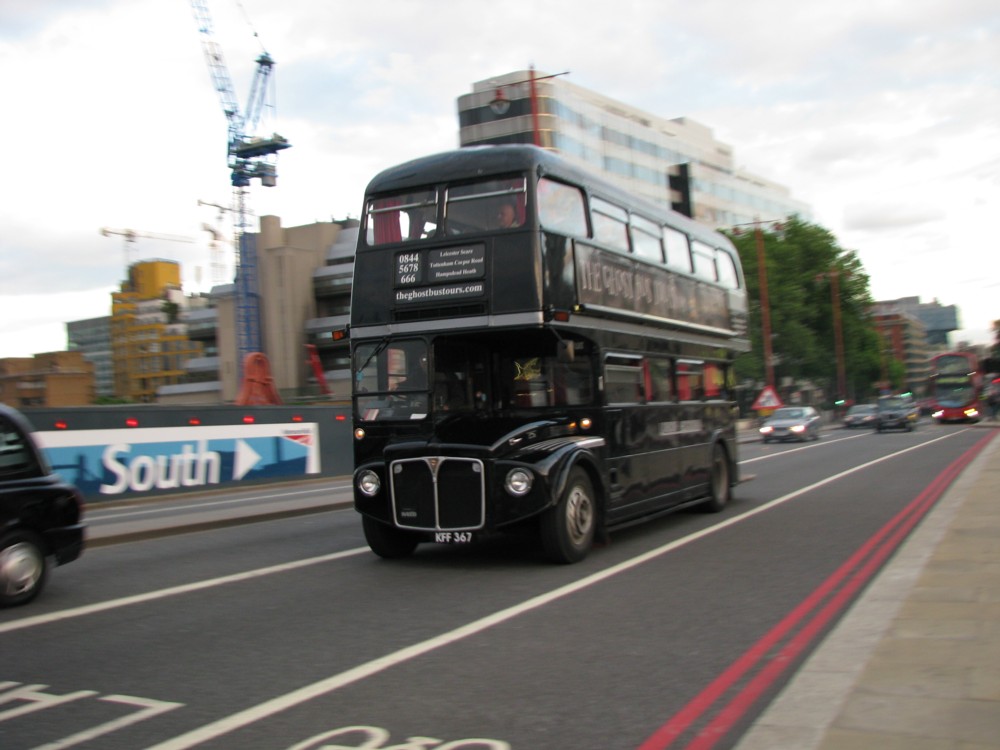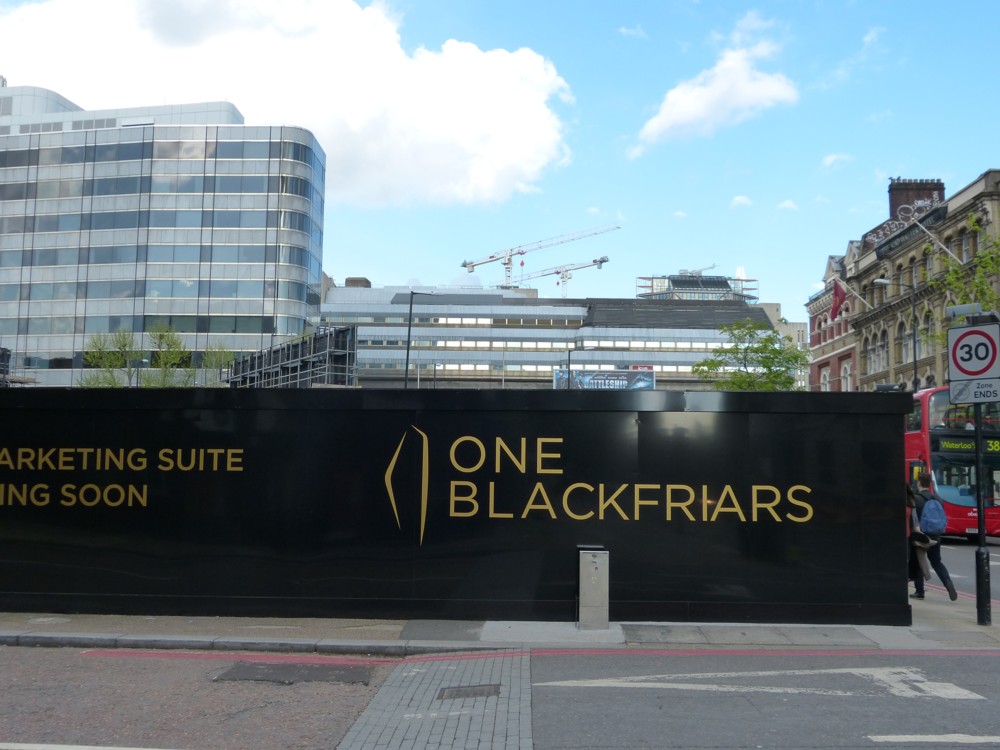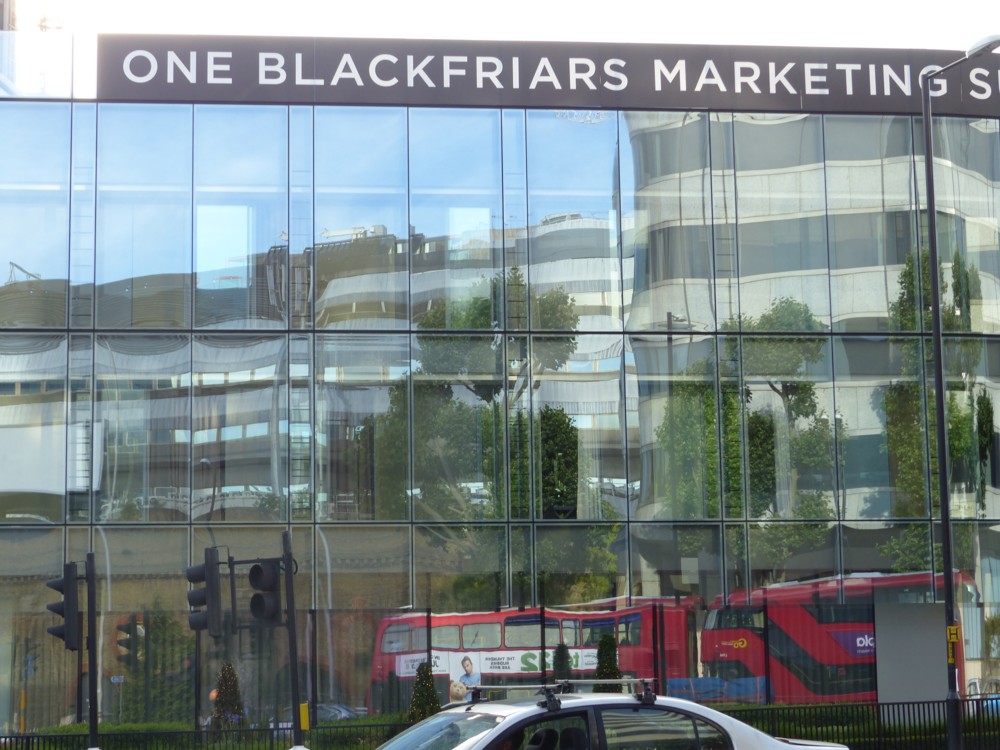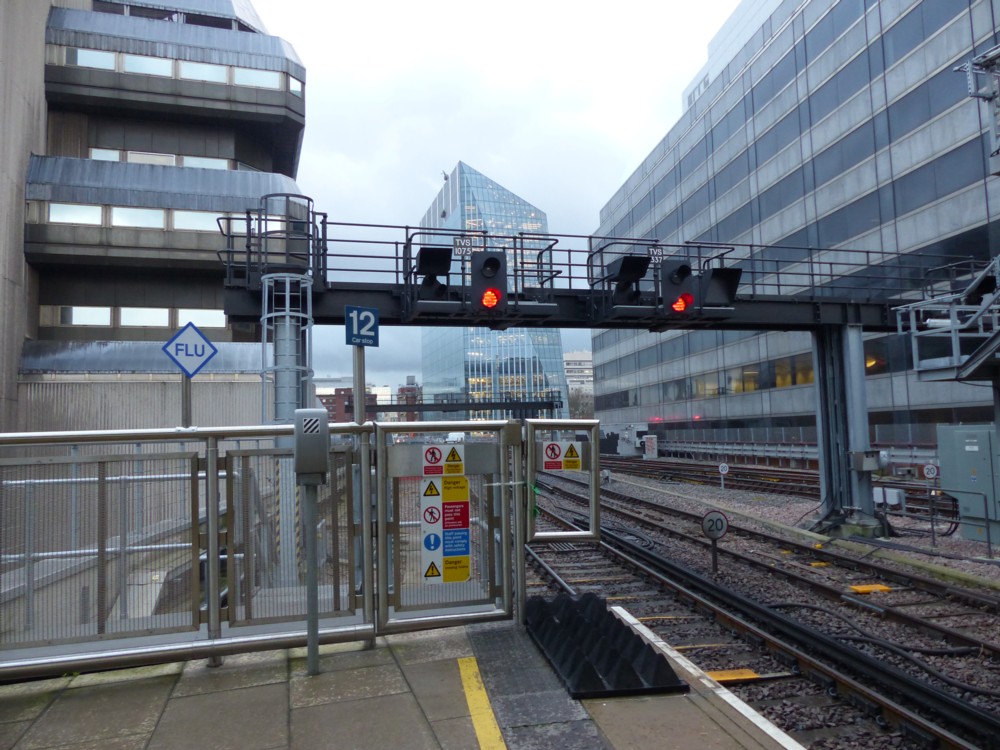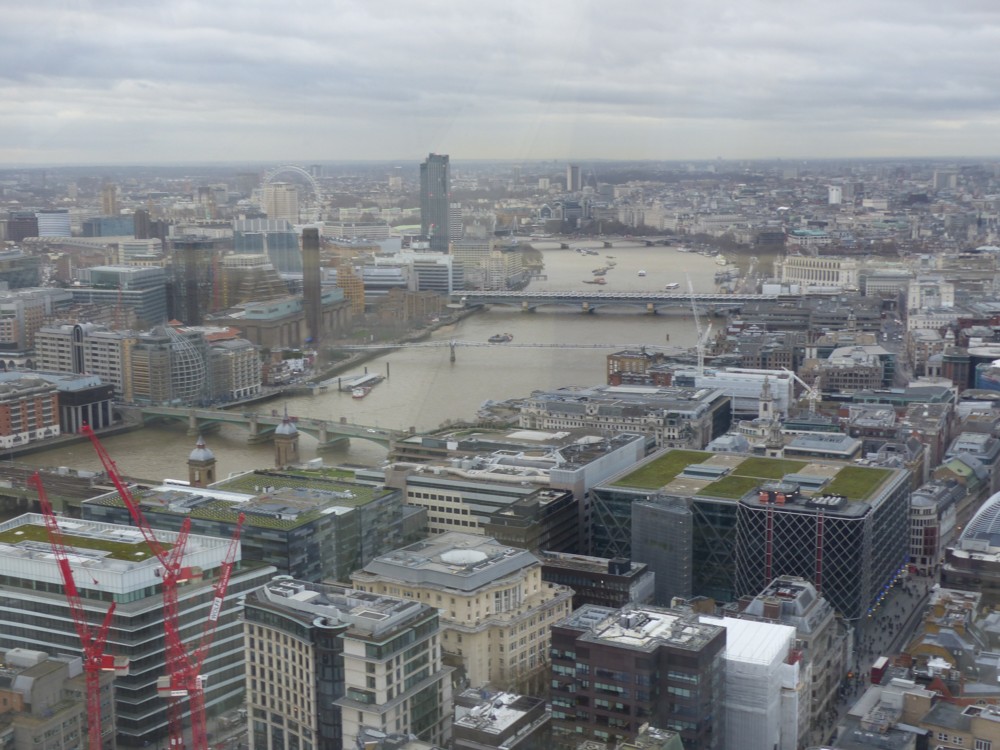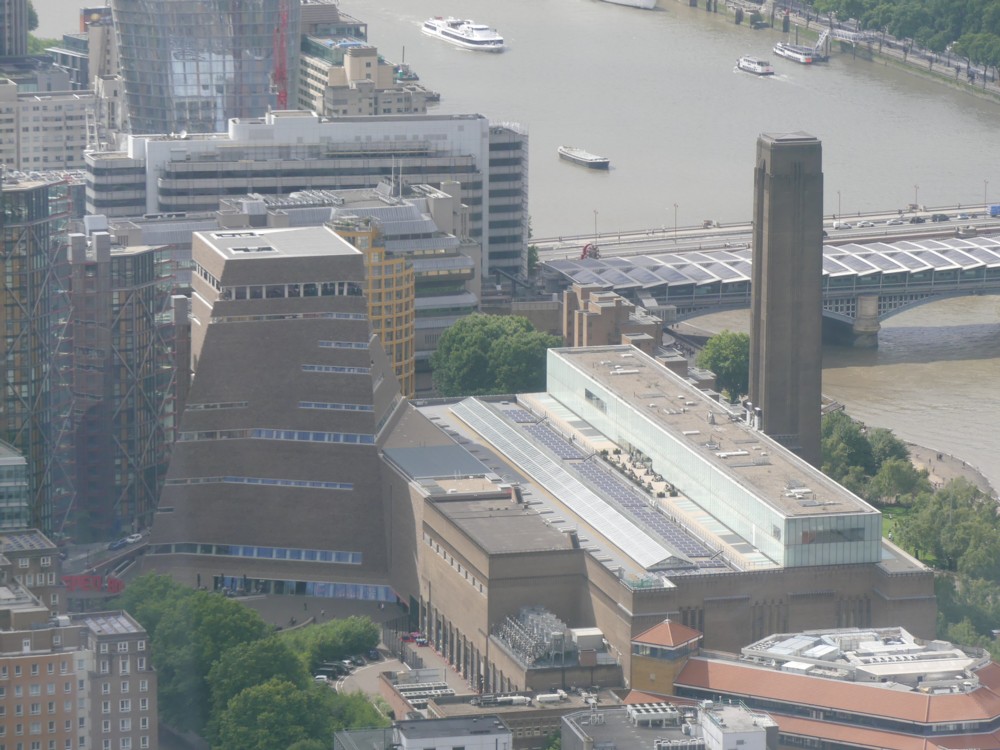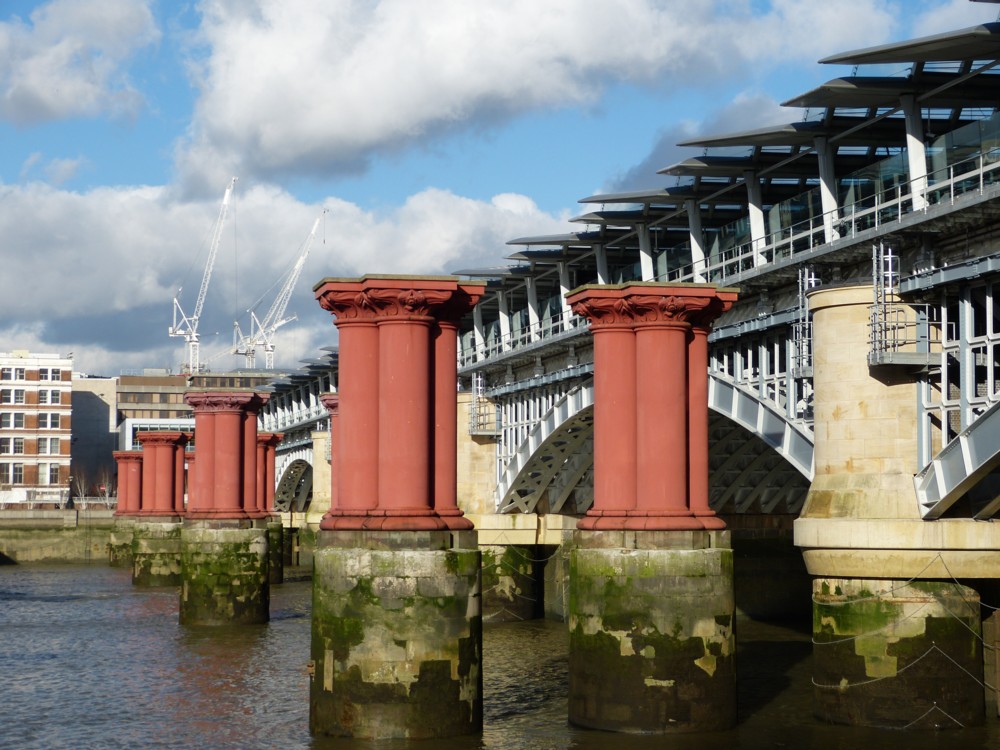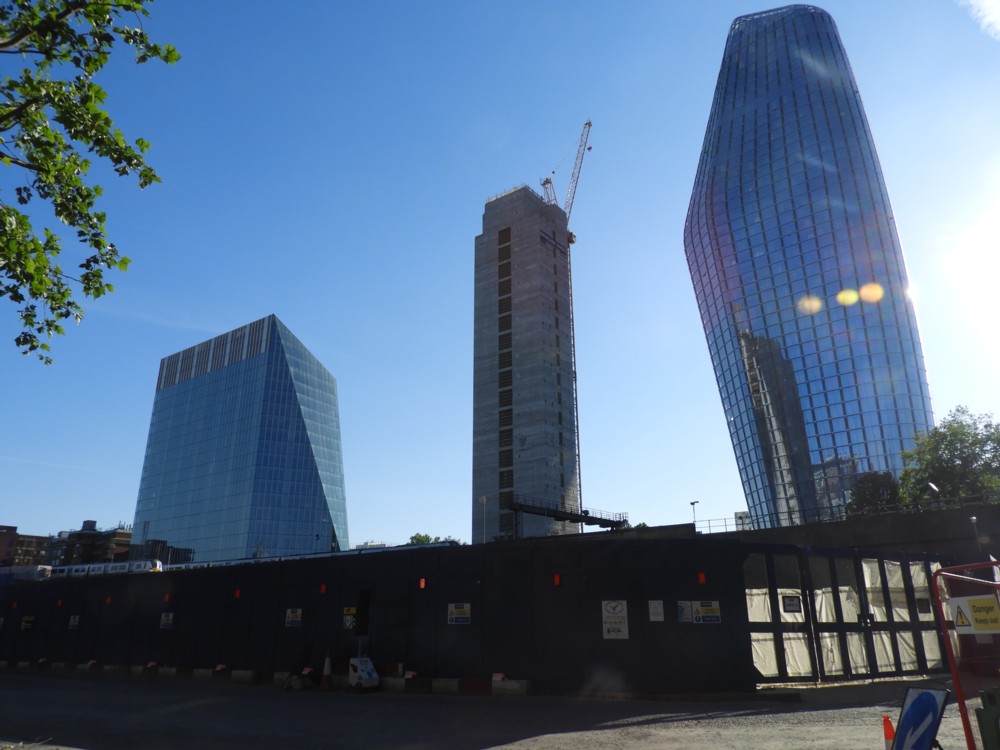Typically, for the last few months, I have days and days of doing nothing other than whatever I feel inclined to do. On such days, doing two, three or even four blog postings here is doable. But give me a Something that I have to do, and there goes about two thirds of the day.
Once again, I think this is one of the many symptoms of getting old, for poor old me, anyway. Being old, I now need an hour or more to get myself worked up into a sufficiently active state to do the Something in question, and then when it’s done, I need a couple more hours to recover my wits. On a day like that, me doing three or four blog postings is a lot less likely. Today, if you include this one, I will have done three postings. But the first two were very perfunctory, more like tweets done on a blog than your actual blog postings. This one is a bit longer, but that’s just because it’s a ramble.
The silly thing is, the Something I did today was all done and dusted within about one hour. I stepped outside, went to my nearby bank, did my bank business, and then, because the weather was rather filthy, I just went straight home again. But even that made a big dent in my day.
The reason I mention all this is to make that same e-scooter point I’ve been obsessing about here lately, to the effect that e-scooters are about to conquer the world, aka London. Every time I go out, even just to the shops and back, I see several e-scooters. Today, the e-scooter count was: five. That’s a personal record. Five. In the space of less than an hour. I didn’t even try to photo any of them. Like I say, the weather was filthy, and cameras and rain do not mix well. Also, e-scooters are fast and are gone before I can photo them. That they’re fast is why they catching on so fast.
Maybe I should stop this posting now, but here’s another e-scooter thing. A friend with whom I recently discussed my current fascination with e-scooters said: You may be right about why e-scooters make sense. Trouble is: They’re naff. The people who ride on them are twats. E-scooters are not cool.
This friend, however, although far younger than me, is nevertheless no longer of the age where she gets to decide these things. It is teenagers and twenties who determine the coolness of lack of it of things like e-scooters. All my e-scooter sightings today were of teenagers or twenties. Clearly, these teenagers and twenties think that e-scooters are cool enough for them to allow themselves to be seen on them in public, given the advantages to them, in such things as speed and convenience. What old codgers think is only of concern to them if they can be doing something that the codgers disapprove of. If the old codgers, under the delusional impression that they think they can decide such things, think that e-scooters are not cool, so what? That’s just their old codger way of saying they don’t approve. Good. That’s a feature, not a bug. Bring on the e-scooters!
I am still not fully recovered from doing all that tedious Something I did earlier today. So, I reserve the right to go through this tomorrow morning and do whatever grammatical tidying and spell-checking is necessary. As of now, I’m too knackered to bother. I trust it still makes sense, despite whatever communicational blunders now afflict it.

